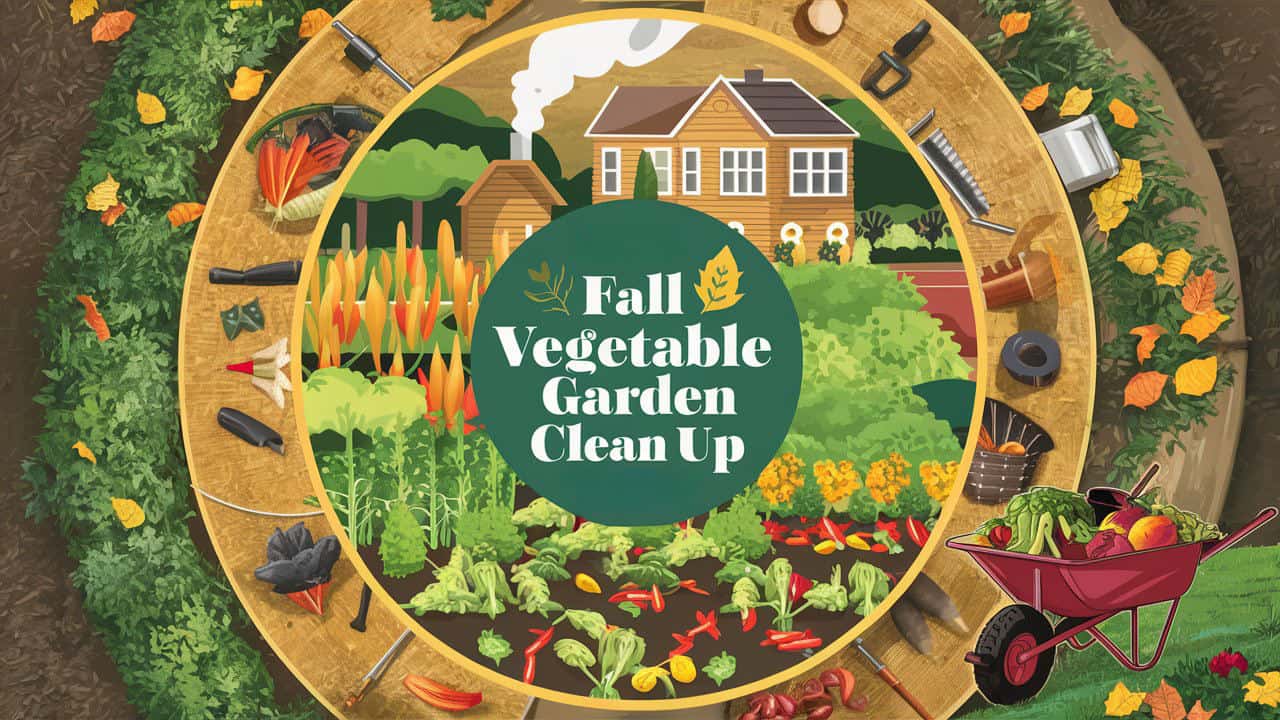In this comprehensive guide, we’ll walk you through a variety of tasks and tips to ensure your vegetable patch is in tip-top shape.With a little bit of effort now, you’ll be able to enjoy a stress-free start to the spring planting season.
Final Harvest
As the days grow shorter and the temperatures start to cool, it’s time to make the final harvest from your vegetable garden. This is the last chance to gather any remaining produce before the winter months set in. Take a careful look at your garden beds and identify any vegetables that are still ripe and ready to be picked.
Root vegetables like carrots, beets, and potatoes can often be left in the ground a bit longer, but be sure to harvest them before the first hard frost. Leafy greens and tender herbs are also good candidates for a final harvest, as they may not survive the colder weather. Gather everything up and enjoy the last of the season’s bounty, whether you plan to eat it fresh, preserve it, or donate it to a local food bank.
Clean Out Your Garden Beds
With the growing season coming to an end, it’s important to thoroughly clean out your vegetable garden beds. Start by removing any dead or dying plants, making sure to pull up the entire root system. This will help prevent diseases and pests from overwintering in your garden.
Additionally, remove any weeds that have taken hold, as they can compete with next year’s crops for valuable nutrients and water. Once the beds are clear, consider turning the soil over to expose any hidden pests or eggs. This process, known as “double digging,” will also help to loosen and aerate the soil, preparing it for the next planting season.
Mulch Perennials
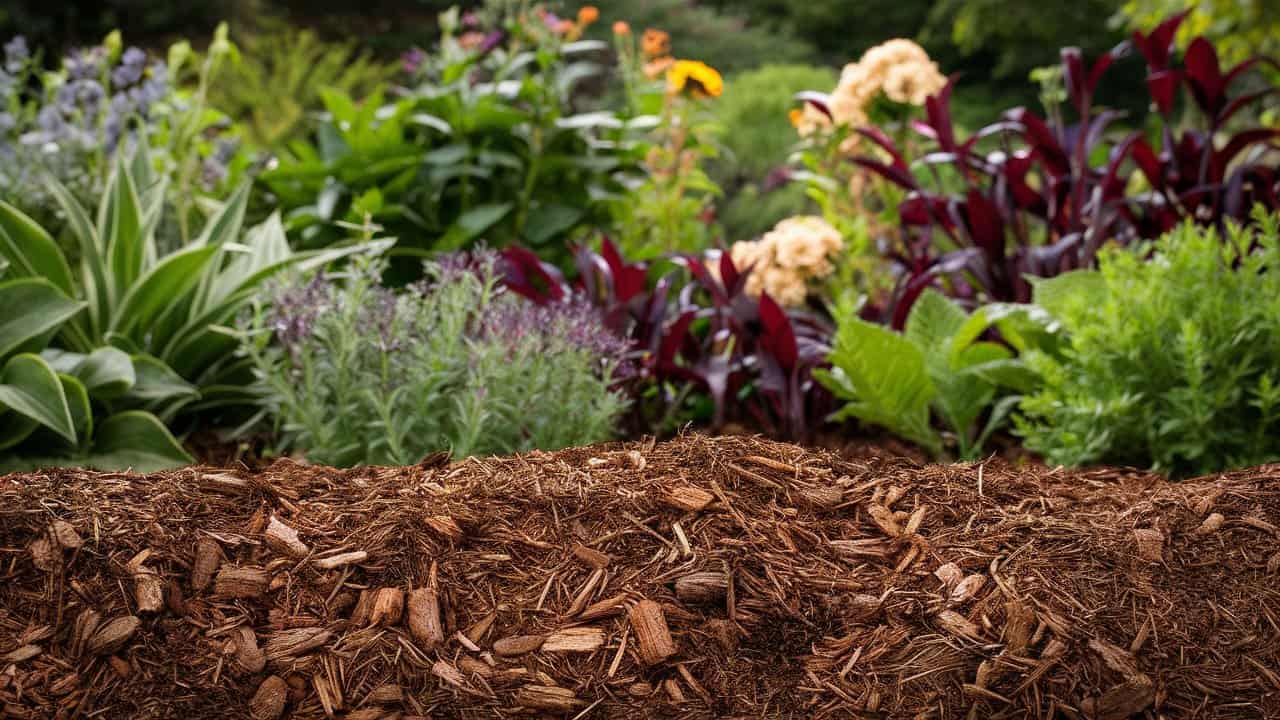
While the majority of your vegetable garden may be cleared out for the winter, don’t forget about any perennial plants you have growing. These hardy plants, such as asparagus, rhubarb, and certain herbs, will continue to thrive year after year with the proper care.
To protect them from the harsh winter weather, be sure to apply a thick layer of mulch around the base of the plants. This could be in the form of straw, leaves, or even shredded bark. The mulch will insulate the roots, preventing them from being damaged by freezing temperatures. It will also help to retain moisture in the soil, ensuring your perennials have the resources they need to bounce back strong in the spring. Take the time to properly mulch your perennials, and you’ll be rewarded with a bountiful harvest for seasons to come.
Remove Weeds
As you’re cleaning out your vegetable garden beds, it’s crucial to remove any lingering weeds. Weeds can be a persistent problem in the garden, competing with your crops for valuable nutrients, water, and sunlight. Take the time to carefully pull up the entire root system of each weed, ensuring they don’t regrow and spread further. Pay close attention to areas where weeds tend to thrive, such as along the edges of the beds or in between closely planted vegetables.
Removing weeds now will make it much easier to maintain a healthy, productive garden next season. Plus, getting rid of these unwanted plants will eliminate potential hiding spots for pests and diseases over the winter months. Be thorough in your weed removal efforts, and you’ll be rewarded with a cleaner, more vibrant garden in the years to come.
Spread Compost
After clearing out the dead plant matter and weeds, it’s time to replenish your garden beds with nutrient-rich compost. Compost is an invaluable addition to any vegetable garden, as it helps to improve soil structure, increase water-holding capacity, and provide essential nutrients for your plants.
As you’re cleaning up your garden, take the opportunity to spread a generous layer of compost over the exposed soil. Aim for a depth of 2-4 inches, making sure to work it into the top few inches of the bed. This will give the compost time to break down and integrate with the existing soil, creating a fertile foundation for next year’s crops.
If you don’t have your own compost pile, consider sourcing high-quality compost from a local supplier or garden center. Investing in this simple step will pay dividends in the form of healthier, more productive plants in the seasons to come.
Store Trellises and Tomato Cages
As you’re clearing out your vegetable garden, don’t forget to address the various support structures you’ve been using throughout the growing season. Trellises, tomato cages, and other plant supports can be easily damaged or lost if left out in the elements over the winter. Take the time to carefully dismantle and store these items, ensuring they’ll be in good condition for next year’s planting.
Start by removing any remaining plant material from the supports, then give them a thorough cleaning to remove any dirt or debris. Once they’re clean, consider giving them a quick coat of paint or sealant to protect them from the weather. Finally, find a dry, protected storage space, such as a shed or garage, where you can safely tuck away your garden supports until it’s time to use them again. By taking this simple step, you’ll save yourself time and money in the long run, as you won’t have to replace damaged or weathered equipment.
Bring Herbs and Other Potted Perennials Indoors
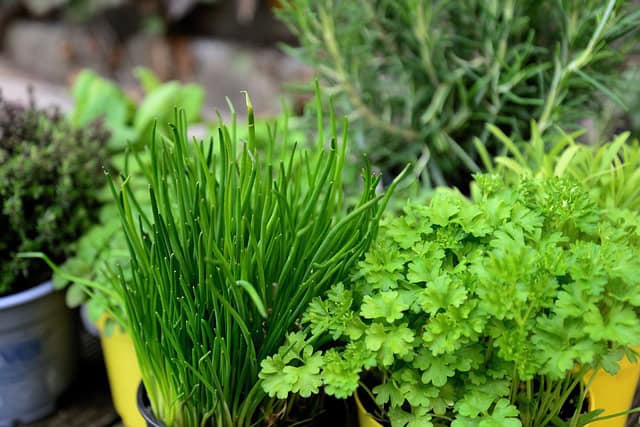
As the weather turns colder, it’s important to consider the fate of any potted herbs or perennial plants you have growing in your vegetable garden. These tender plants may not be able to withstand the harsh winter conditions, so it’s best to bring them indoors for protection.
With the right care, you can keep these plants alive and thriving throughout the winter, allowing you to enjoy their fresh flavors or vibrant foliage year-round. Just be sure to research the specific needs of each plant to ensure a successful indoor transition.
Organize Garden Tools
After a busy growing season, your garden tools are likely in need of some TLC and organization. Take the time to thoroughly clean, maintain, and store your tools, ensuring they’ll be in top shape for next year’s gardening tasks. Start by gathering all of your tools, from shovels and rakes to pruners and trowels.
Clean and Sharpen Garden Tools
In addition to organizing your garden tools, it’s important to take the time to clean and sharpen them as part of your fall vegetable garden clean-up. Dull or dirty tools can make gardening tasks much more difficult and inefficient, so investing a little effort now will pay off in the long run.
Start by thoroughly cleaning each tool, using a wire brush or steel wool to remove any built-up dirt or rust. You can also use a mild soap and water solution to give them a more thorough cleaning. Once they’re clean, use a sharpening stone or file to hone the edges of your pruners, shovels, and other cutting tools. This will ensure they slice through plant material with ease, rather than tearing or crushing it.
For tools with wooden handles, consider applying a light coat of linseed oil or beeswax to condition and protect the wood. By taking the time to properly maintain your gardening tools, you’ll be able to tackle next year’s tasks with ease and efficiency.
Winterize your Garden Hose and Rain Barrels
As the temperatures start to drop, it’s important to take steps to protect your garden’s water sources from the harsh winter weather. This includes properly winterizing your garden hose and any rain barrels you may have in use.
Start by disconnecting your hose from the outdoor faucet and draining any remaining water from the line. This will prevent the hose from freezing and cracking over the winter months. You can also consider investing in a hose insulation sleeve or faucet cover to provide an extra layer of protection for the exposed plumbing.
As for your rain barrels, be sure to empty them completely and turn them over or store them in a sheltered location. This will keep the barrels from becoming damaged by freezing water and ensure they’re ready to collect rainwater again in the spring. Taking these simple steps now will save you time and money down the road, as you won’t have to replace any broken or damaged water equipment when it’s time to start gardening again.
Add To And Turn Your Compost
Maintaining a healthy compost pile is an essential part of any fall vegetable garden clean-up. As you’re clearing out your beds and removing dead plant material, be sure to add those organic materials to your compost bin or pile. This will not only help to reduce waste, but it will also provide a nutrient-rich amendment for your garden in the future.
In addition to adding new materials, take the time to turn and mix your existing compost. This aeration process helps to accelerate the decomposition of the organic matter, creating a finished compost that is ready to be worked into your soil. Be sure to monitor the moisture level of your compost as well, adding water if it starts to dry out. With a little bit of attention, your compost pile will continue to break down over the winter, providing you with a valuable resource come spring planting time.
Plan New Garden Beds
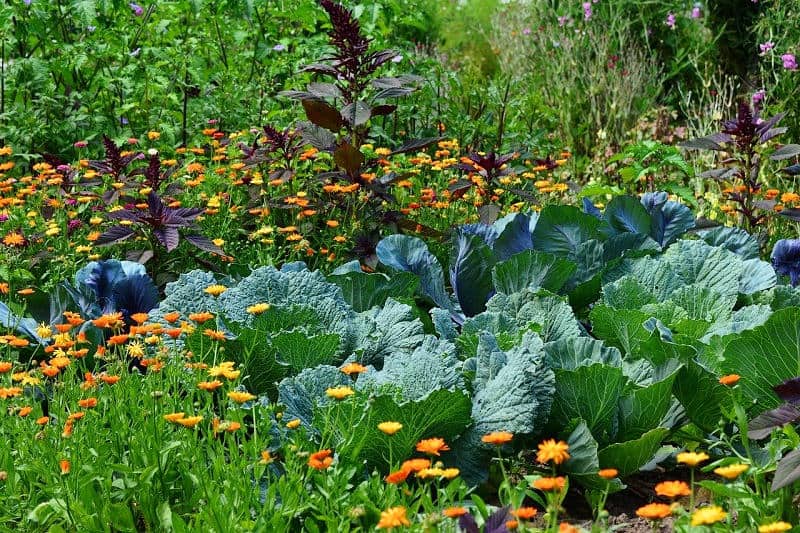
As you’re cleaning up your existing vegetable garden, take the opportunity to start planning for any new garden beds you’d like to add in the future. Carefully observe the layout and sun exposure of your current growing space, and identify any areas that could benefit from additional planting space. Consider factors like soil quality, available sunlight, and proximity to water sources as you map out potential new bed locations. You can even start preparing the ground now by removing any sod or weeds and incorporating compost to enrich the soil.
Once you have a plan in place, you can start sourcing the necessary materials, such as raised bed frames or landscape edging, to get a head start on your new garden beds. By taking the time to plan ahead, you’ll be able to hit the ground running when it’s time to start planting next season, ensuring your vegetable garden continues to thrive and expand over the years.
Use Those Fall Leaves
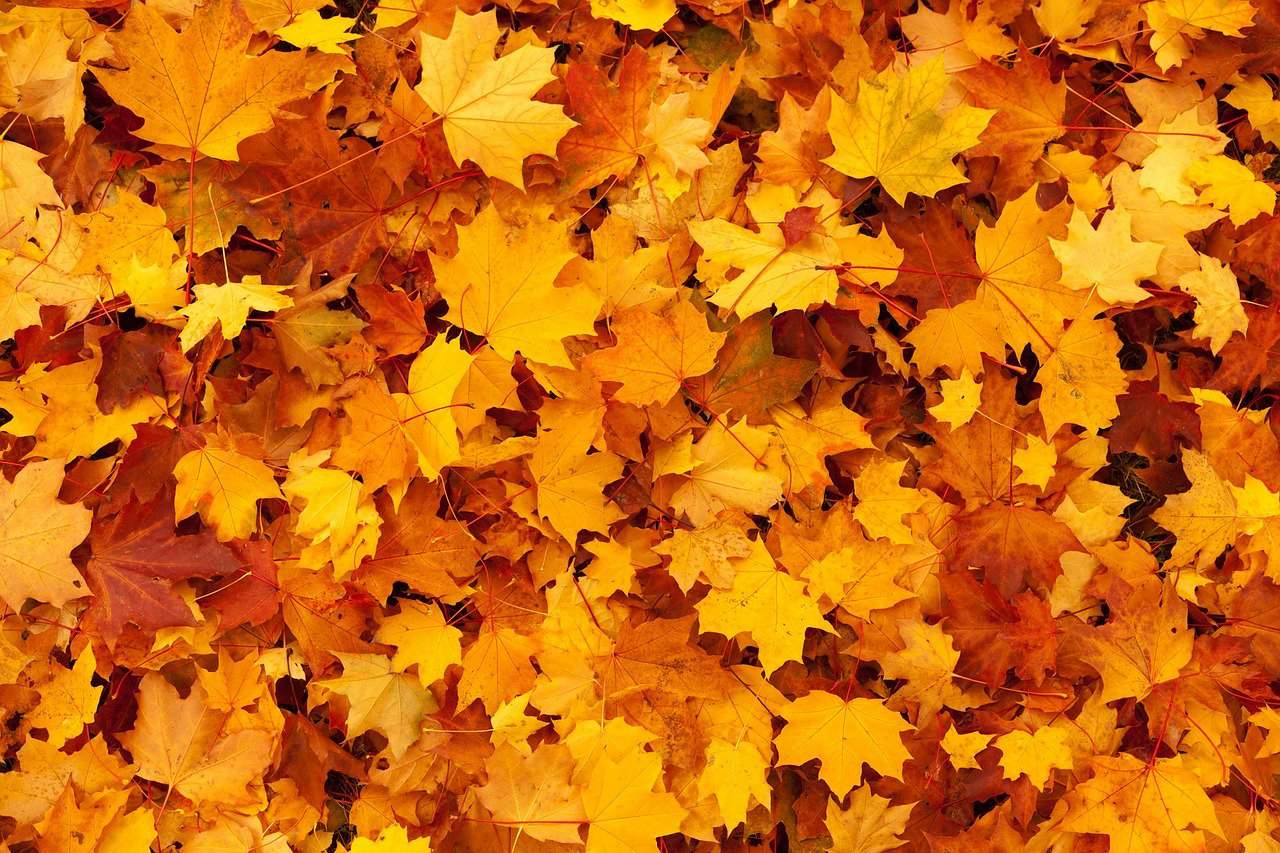
As you’re cleaning up your vegetable garden, don’t overlook one of the most abundant and valuable resources at your fingertips – fallen leaves. These nutrient-rich organic materials can be an incredible asset to your garden, providing a free and natural way to improve soil quality and suppress weeds. Start by gathering up any leaves that have accumulated in your garden beds or around the perimeter. You can use a rake, leaf blower, or even your lawn mower to collect them.
Once you have a sizable pile, consider running them through a shredder or lawn mower to break them down into smaller pieces. This will help them decompose more quickly when incorporated into the soil. You can then spread the shredded leaves directly onto your garden beds, using them as a natural mulch to protect the soil over the winter. As the leaves break down, they’ll release valuable nutrients that will nourish your plants in the spring.
Alternatively, you can add the leaves to your compost pile, where they’ll contribute to the creation of nutrient-rich humus. Either way, taking advantage of this abundant, free resource is a simple and effective way to boost the health of your vegetable garden.
Plan Next Years Crop Rotation
As you’re cleaning up your vegetable garden, it’s the perfect time to start planning your crop rotation for next season. Crop rotation is a crucial practice for maintaining soil health and preventing the buildup of pests and diseases in your garden. By strategically planning which crops will be planted in each bed, you can ensure that your plants are receiving the nutrients they need and that the soil is being replenished over time.
Start by making a map of your current garden layout, noting where each type of vegetable was grown this year. Then, consider which crops would work well in each bed based on their nutrient needs and susceptibility to pests or diseases.
For example, you may want to follow heavy feeders like tomatoes or squash with nitrogen-fixing crops like beans or peas. Or you could rotate your brassicas (like broccoli and cabbage) to different beds to prevent the buildup of soil-borne diseases. By taking the time to plan your crop rotation now, you’ll set your garden up for success in the coming season, maximizing your yields and minimizing problems.
Test And Improve Your Soil
As you’re cleaning up your vegetable garden, it’s the perfect time to test and improve the quality of your soil. Healthy, nutrient-rich soil is the foundation for a thriving garden, so taking the time to assess and amend your soil now will pay dividends in the seasons to come. Start by collecting a soil sample from various areas of your garden and sending it off to a soil testing lab. These tests will provide valuable information about the pH, nutrient levels, and overall composition of your soil, allowing you to make targeted improvements.
Based on the results, you can then work to adjust the pH, add organic matter, or supplement with specific nutrients your plants may be lacking. This could involve incorporating compost, spreading lime or sulfur, or applying targeted fertilizers. By taking a proactive approach to soil health, you’ll be setting your garden up for optimal growth and productivity next year. Plus, healthy soil is less prone to compaction, erosion, and other issues that can plague vegetable gardens over time.
Plant Garlic
As you’re wrapping up your fall vegetable garden clean-up, don’t forget to make room for one of the most rewarding cool-weather crops – garlic. Planting garlic in the fall is a fantastic way to get a head start on next year’s growing season. Garlic thrives in cool soil temperatures, so the ideal time to plant is typically between October and November, depending on your climate.
Start by selecting a sunny, well-draining spot in your garden and amending the soil with compost or aged manure. Then, separate the garlic bulb into individual cloves, leaving the papery skins intact. Plant the cloves about 4-6 inches apart and 2-4 inches deep, with the pointed end facing up. Cover the cloves with soil and a 2-4 inch layer of mulch to protect them over the winter. With minimal care, the garlic will begin to sprout and establish strong roots, setting the stage for a bountiful harvest next summer. By incorporating this versatile and flavorful crop into your fall garden clean-up, you’ll be well on your way to a delicious homegrown harvest.
Conclusion
By taking the time to thoroughly clean up and prepare your vegetable garden this fall, you’re setting the stage for a thriving and productive growing season next year. From winterizing your water sources to planning new garden beds, the tasks outlined in this guide will help ensure your space is in optimal shape as the colder months approach.
Don’t forget to take advantage of all the natural resources at your fingertips, like fallen leaves and compost, to enrich your soil and reduce waste. And be sure to map out your crop rotation plan now, so you can maximize the health and nutrient balance of your garden beds.
With a little bit of elbow grease and forward-thinking, you can transform your fall vegetable garden clean-up into an investment in your future harvests. So roll up your sleeves, get out there, and enjoy the process of preparing your space for a fresh start in the spring. Your hard work will pay off in spades when you’re reaping the rewards of a bountiful homegrown crop next year.


